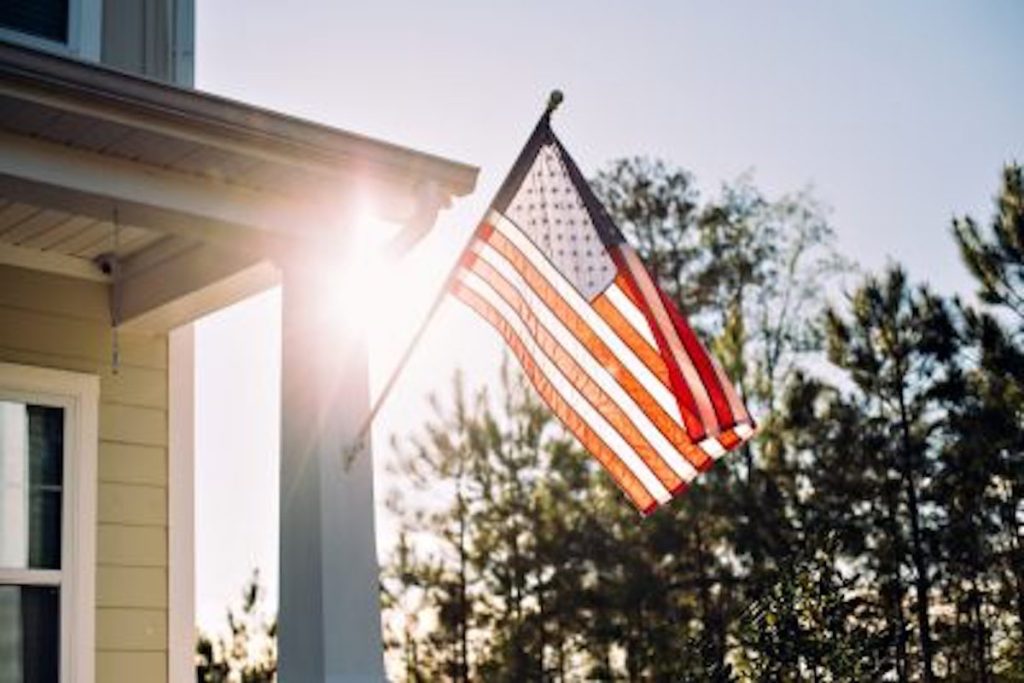Most Americans believe that homeownership is the cornerstone of the American dream. Studies have shown the emotional and psychological benefits that homeownership has on a person’s health and self-esteem, and that children of homeowners do better in school and have fewer behavior problems. Home equity is also the primary source of wealth for most Americans. Wealth can be used to start a business or educate children. According to the Federal Reserve, the median net worth for a homeowner is $254,900 compared to $6,270 for a renter.
Homeowners also tend to be more active in their local communities and schools and are far more likely to vote than renters.
In January, the U.S. Census Bureau released the homeownership rates for 2022. The overall U.S. homeownership rate stood at 65.8% but broken down by race, whites have a 74.4% homeownership rate, Blacks are at 45.9% and Hispanics come in at 48.6%. Despite efforts by some in the housing industry, the minority homeownership gap has barely improved in the last 30 years.
Why is there such a large gap?
Before we can solve the problem, it is important to understand how we got here. Parts of the gap can be attributed to past discriminatory practices. Other parts are due to the youth and financial status of minority families. After the 1930s, President Franklin D. Roosevelt enacted the Federal Housing Administration (FHA) as part of the New Deal to provide small down payment home loans for working-class Americans.
The program helped a generation of Americans purchase their first home, however, due to a government policy known as “red-lining,” banks were effectively prohibited from issuing FHA-insured loans in neighborhoods that were predominantly Black or Hispanic. In addition, some white neighborhoods had zoning laws that legally banned non-white buyers from owning homes in those neighborhoods. Between the launch of FHA in 1934 and when President Lyndon B. Johnson signed the Fair Housing Act in 1968, millions of mostly white families were able to take advantage of government programs to purchase homes and build wealth, while most minority families were legally excluded from having the same opportunities.
Today, white families have on average six to ten times more wealth than minority families. Much of this disparity can be traced to red-lining policies.
Age and income also account for part of the minority homeownership gap. The median age for Hispanic Americans is 30 years; a full 13 years younger than white Americans. Blacks and Asians are also much younger than their white counterparts. Younger people earn less money and have less wealth, making homeownership more difficult. The relationship between age and homeownership is illustrated by the fact that the minority homeownership gap narrows when you control for age. For example, the homeownership rate for minorities over the age of 50 is still less than the homeownership rate for white Americans over 50, but the gap is smaller by 5 percentage points.
Becoming a nation of stakeholders
Anyone who has driven through a neighborhood made up of predominantly homeowners has probably recognized that there is a difference in the look and feel of that neighborhood compared to a predominantly renter neighborhood. When families own their homes, they have roots in their neighborhood and have a financial and societal investment in the well-being of their community.
President George W. Bush spoke of the benefits of homeownership, noting the virtues of homeownership and homeowners’ inherent investment in the well-being of their community and the nation. That is why the Bush administration endeavored to create 5.5 million new minority homeowners when the president launched the Blueprint for the American Dream in 2002. The Blueprint was successful in creating more awareness about the challenges in minority homeownership, and it rallied the industry around its goals, but it didn’t have any money behind it. The outcome was mixed at best.
Demographic shifts will drive homeownership
Americans are getting older. Every year a more significant percentage of the U.S. population advances to retirement age. Many soon-to-be retirees are planning on selling their homes to fund their retirement and move into something smaller for their later years. They are counting on someone to buy their home at a fair price when they retire. Demographers estimate that by 2050, the U.S. population will become majority-minority.
The Urban Institute projects that over the next 20 years, homeownership growth in America will rely almost exclusively on Hispanic and Asian homebuyers. This means that the most likely buyer for many of these new retirees will be a minority family. However, if minority homeownership rates do not increase, the overall homeownership rate in America will plummet.
Lower homeownership rates mean there will be fewer buyers. Less demand for homes will cause home values to drop in many neighborhoods. Falling home prices will not only make it more difficult for retirees but will impact existing homeowners that may want to purchase something larger or in a more desirable neighborhood.
The relationship between diversity, economic growth, housing and GDP
The housing market is large and varied. New construction, resales, refinances and home improvements account for approximately 16% of the U.S. GDP, roughly $3 trillion. When the housing market crashed in 2008, it almost took the entire global economy down with it. Conversely, while the country was shut down during the COVID-19 pandemic, it was the strength of the housing market that prevented the country from falling into a massive recession.
For decades, the U.S. commitment to homeownership has been the envy of the world, but today’s access to homeownership is more challenging. Decades ago, U.S. Policymakers correctly recognized homeownership as the gateway to the middle class. As the country and workforce become even more ethnically diverse, economic growth and the overall prosperity of our nation will be fundamentally connected to our continued ability to facilitate homeownership opportunities for future generations of working-class Americans.
Gary Acosta is the co-founder and CEO of NAHREP.
This piece was originally published in the April/May 2023 issue of HousingWire Magazine. To read the full issue, click here.






